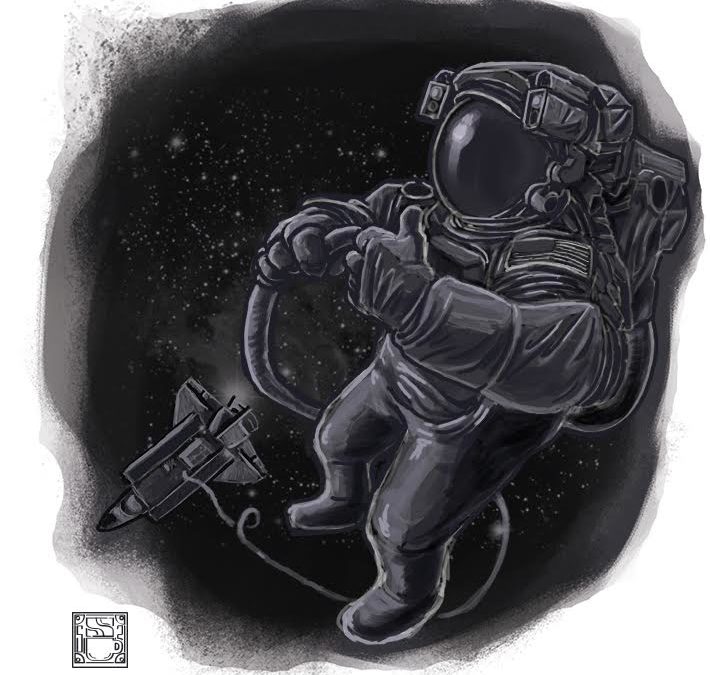Texas is home to many great institutions, perhaps none greater than the Lyndon B. Johnson Space Center. From the massive 1,620-acre complex located in the Clear Lake area of Houston, NASA conducts a large amount of its human spaceflight training, research, and flight control.
Founded in 1961 as the Manned Spacecraft Center, the Center was originally created as the main support facility in America’s manned lunar missions after President John F. Kennedy had laid out the ambitious goal of putting a man on the moon by the end of the decade. Unfortunately in 1963 President John F. Kennedy was assassinated, and he was never able to see the fruits born from the tree he had sown in 1961.The Center was put into operation in 1963. It was renamed just 10 years later as the Johnson Space Center to honor Texas native and 36th President of the United States Lyndon Baines Johnson after his death in 1973.
Following its founding, plans were put into place for Project Gemini, NASA’s second manned spaceflight program and precursor to the Apollo missions. The Gemini spacecraft was designed to carry two crew members who would travel in low Earth orbit. Ten missions were conducted between 1965 and 1966; their goal was mostly to develop new technologies and techniques to be used during the Apollo missions. Project Apollo achieved the goal set forth by President Kennedy in 1969 when Apollo 11’s Lunar Module touched down on the surface of the moon, allowing for astronauts Neil Armstrong and Buzz Aldrin to be the first men to walk on its surface while astronaut Michael Collins remained in lunar orbit in the Command/Service Module, ensuring their safe return to Earth.
For over half a century the Johnson Space Center has been home to America’s astronaut training program. Every man and woman in NASA’s astronaut corps has trained there, as well as several foreign astronauts, before leaving Earth for the International Space Station.
Training includes many facets, such as preparing astronauts to live and work in microgravity in the Neutral Buoyancy Lab, which takes the form of a pool that holds 6.2 million gallons of water. Other training includes mathematics, guidance and navigation, oceanography, orbital dynamics, astronomy, and physics. Candidates are also trained at the Space Vehicle Mockup Facility which allows them to practice operating various vehicles, and includes a full-scale mockup of the 430 ton International Space Station with full-scale modules.
The Christopher C. Kraft, Jr. Mission Control Center has been in operation since 1965, helping to plan, support, and operate all NASA missions. The facility houses flight control as well as a training room for practicing simulated space flights, a Life Sciences Control Room for supervision of any experiments currently in orbit, and the Exploration Planning Operations Center which is used for testing concepts for deep space flight missions.
Johnson Space Center’s research wing houses everything from work on life support systems, EVA tech, and even the Space Food Systems Laboratory where scientists come up with new meals and innovative packaging to keep the astronaut’s food tasting palatable and edible in space-friendly ways. This is also the facility where Johnson Space Center scientists partnered with GM to create the Robonauts, humanoid robots designed to aid astronauts with repairs to the International Space Station. The Robonauts are controlled through a virtual interface, and perhaps eventually working in an autonomous fashion.
There are many other amazing things being worked on at this facility, which houses over 200 individual buildings, and discussing them all would make for a good read to be sure. For now, we recommend that you simply visit the Johnson Space Center yourself, as there is an extensive Visitor’s Center with tours available regularly.

